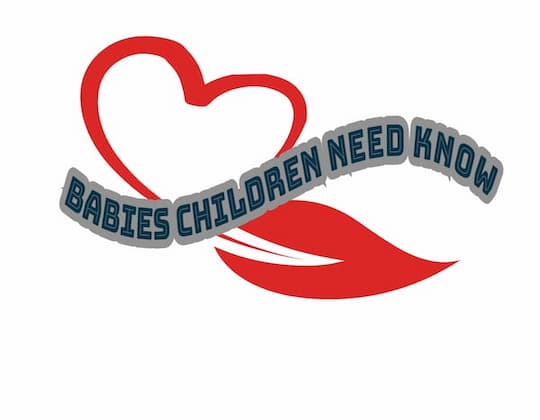What Babies Do at 4 Months
Babies grow at an astonishing rate in the first four months of life, and they develop many important skills that last throughout childhood and well into adulthood.
At the end of the fourth month, babies begin to sit up on their own and smile at their caregivers or playmates.
They can hold things in their hands and bring them to their mouths to explore with their lips and tongue.
Babies are also learning about people, places, and objects around them as they become more attentive to sounds, sights, tastes, smells, and textures that surround them every day. What do babies do at 4 months?
Things they can do
A newborn baby can only move his head from side to side or up and down. At four months, they start moving their arms, too.
The baby may try to roll over onto his belly by propping himself up on his elbows, but he won’t be able to do it until after 6 months.
They can sit with support starting around 6 months. With a lot of practice and a little help, most babies are standing by 9–12 months (but don’t attempt to teach your baby how to walk before he's ready).
Babies also make new sounds during these months: gurgles, grunts, squeals, etc., which eventually turn into babble as they grow older.
They will also drop some of their early consonants—like p for b—and replace them with easy-to-pronounce vowels (example: ba for the ball).
Their favorite pastime is looking at faces—yours in particular!—so hang out with your sweetie more often than you did when she was younger.
Things they like to hear
What’s that?
You like to hear Mama. Good job, baby!
And how about we mix it up with a few more things you can say: Baby. Yum-yum. Or try your own names and words. Don’t get stuck on one word;
now is when your baby learns to imitate sounds and words, so keep it varied for maximum learning potential. (Source) 2 months old – At 2 months old babies begin tracking objects.
This is called visual tracking, which means they are following an object with their eyes while simultaneously listening to its name.
Just as you want to continue talking a lot to your baby during playtime, add tracker games into their schedule too.
Keep moving toys around in front of them while singing or saying their name out loud during playtime as well.
Trackers will lay still trying to find an object if they lose sight of it only briefly – so use that to your advantage by keeping toys just barely out of sight while holding them within sight of his face.
Things they enjoy most
Some babies enjoy simple physical interactions, such as being held and rocked or bouncing on their parents’ knees.
Most babies will respond to your voice, even if they don’t show it yet. Get your baby’s attention by making loud noises and using expressive facial expressions.
You may get a giggle out of him, especially if you use funny voices.
This may be an early stage of socialization for your baby, so you can start talking to him about things around you from now on.
Sleep patterns
The 4-month-old might still be napping four times a day, but those naps will probably be shorter (for example, 30 minutes instead of an hour). S/he’ll now also be sleeping through one night.
You can expect to get more sleep as a result—hooray! At some point during these months (most likely between 5 and 6 months), s/he’ll have mastered rolling over from back to tummy and tummy to back.
The chances are good that he or she will become more active and start sitting up by herself.
There may even be some crawling attempts—although you should know that your child won't be able to crawl before his or her first birthday.
Baby milestones do vary quite a bit from child to child, so don't worry if your baby isn't accomplishing everything on schedule.


Comments
Post a Comment